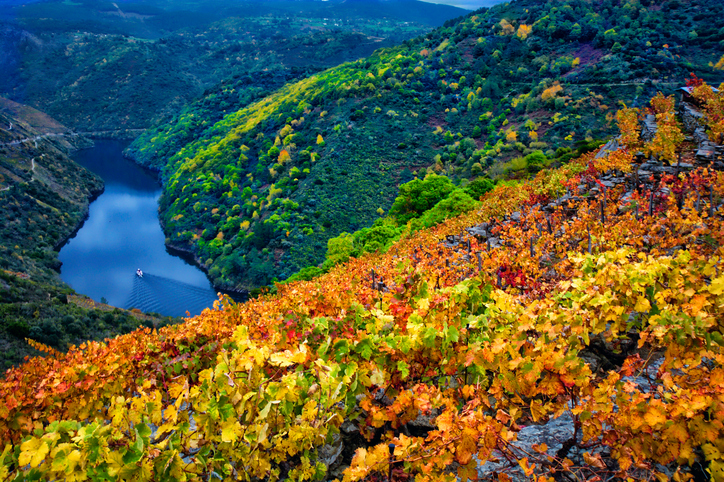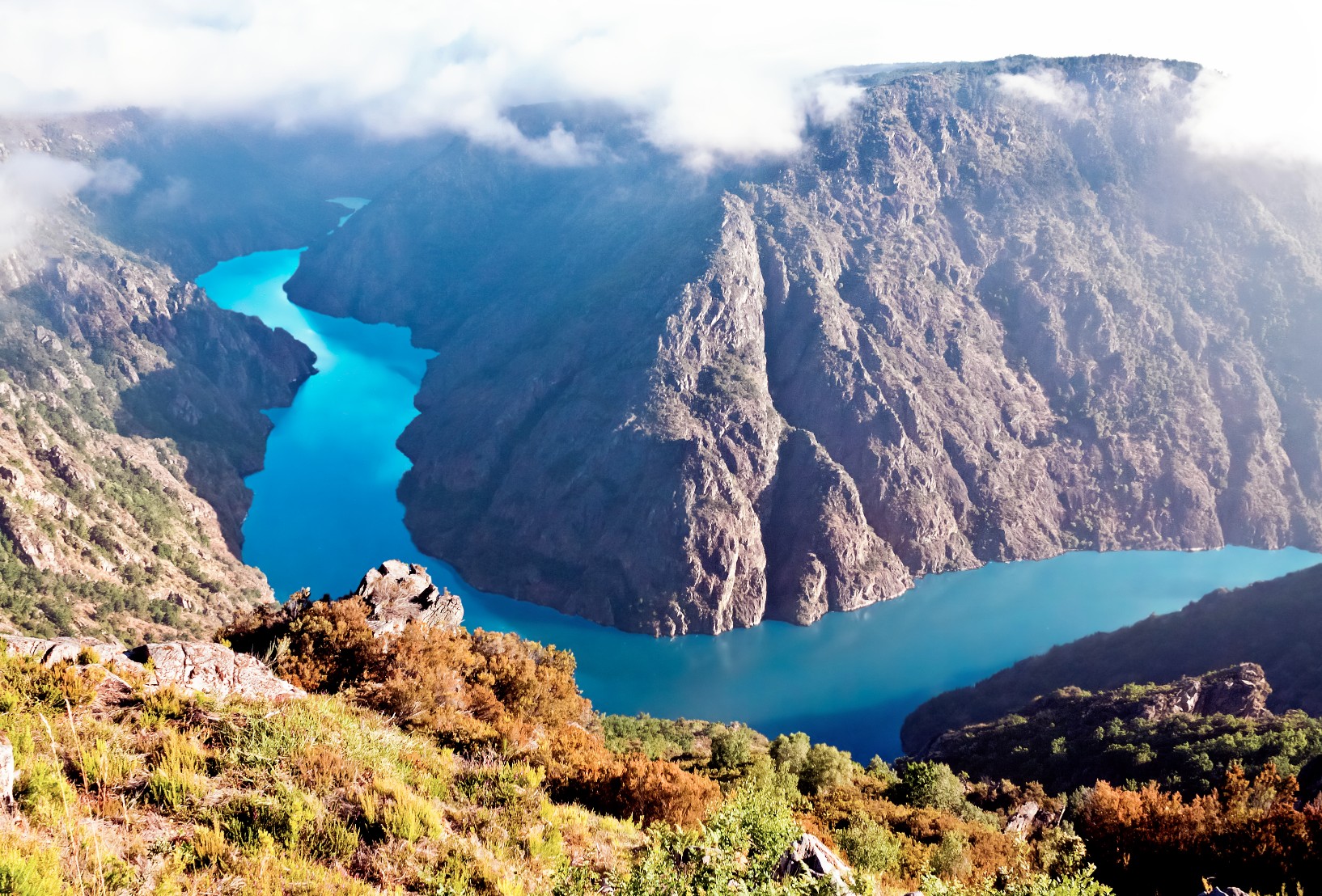
Galicia is a stunning region of rolling hills and Atlantic coastlines in the northwest of Spain. The area is best known as a religious sanctum for those following the Camino de Santiago pilgrimage route to the Cathedral of St. James in Santiago de Compostela, the capital of Galicia, though it has more recently become a pilgrimage for adventurers as well.
Galicia has a population of 2,718,525, with the main cities being Santiago, A Coruña and Vigo. Two languages are widely spoken in the area – Galician, which shares similarities to Portuguese, and Spanish, known locally as Castilian.
Why Go?

Galicia has something for everyone. The scenery is some of the most varied and dramatic you’ll find the world over; from breath-taking valleys and canyons to enormous lakes and oceanic views. This diversity allows adventures of every kind in the area – and the mountain biking in particular has been developing terrifically in recent years.
Mountain bike routes will bring you to some of the most stunning viewpoints in the region. We’d recommend heading through Riberia Sacra, located in the Sil River Canyon. There are five circular routes here that cover 110km of varying difficulty, and the stunning views you’ll get of the canyon during your journey are unforgettable. Vineyards run up the walls of the canyon and you can even take a boat ride through it to completely immerse yourself in the scenery.
The network of trail centres in Galicia is brilliant and set out specifically so that tourists can discover the history and gastronomy of the region while they travel. There are four trail centres which offer an abundance of trails from green to black level.

A hike through Devesa da Rogueira will offer immense stretches of green hills, mountains and valleys, where insatiable plants and forests will eventually bring you out at Formigueiros Peak after passing a glacial lake.
The region is rich in history too. You can walk on the roof of the central Cathedral of St. James in Santiago, which people travel from around the world to see, and get fantastic views of the city below. The entire old town is UNESCO protected.
The Romans believed Cape Fisterra to be the end of the world. Decimus Junius Brutus, the general that led the conquest of the Iberian Peninsula believed that the sun died in the waters of the Atlantic visible from Galicia every night.



